What is Cyberbullying? An Overview Learn about cyberbullying, its various forms like trolling and harassment, how it differs from traditional bullying, and why it’s a growing concern in today’s digital world. Discover effective ways to combat this issue.
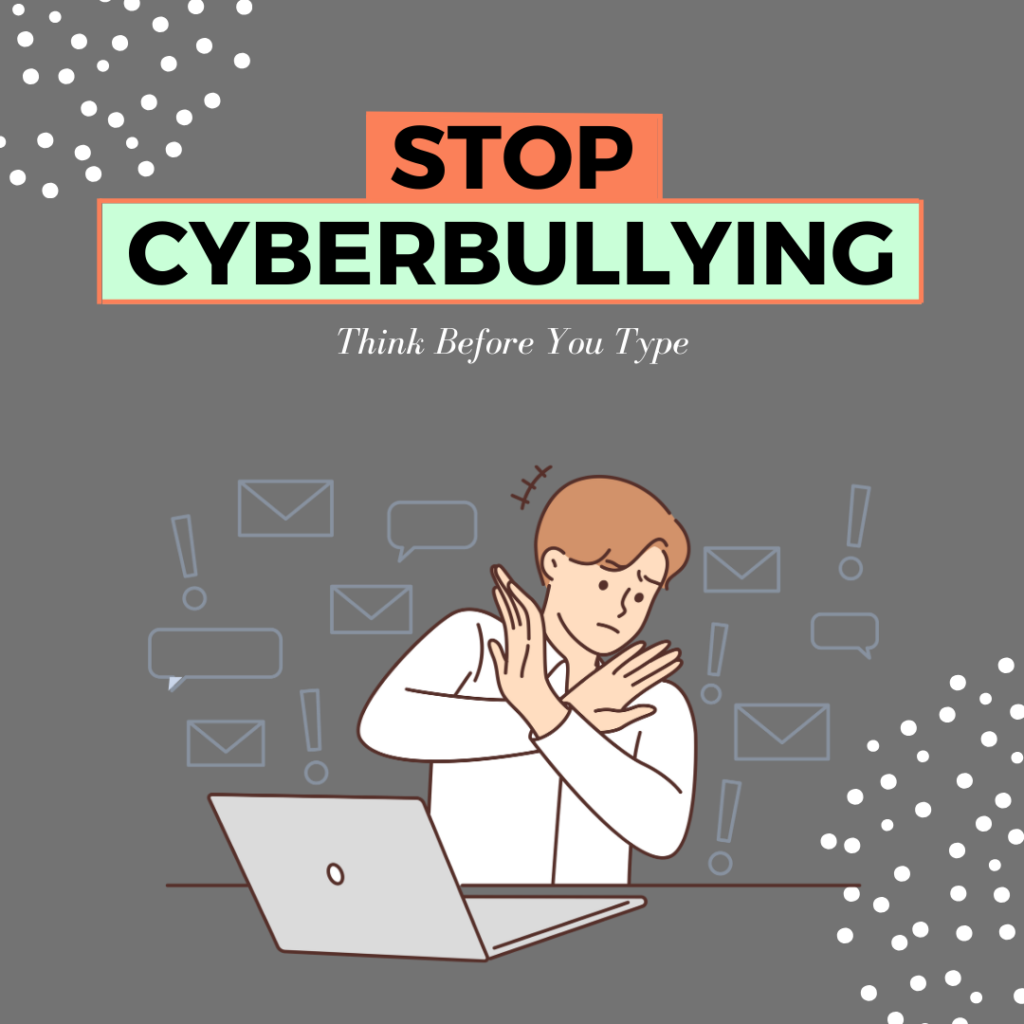
What is Cyberbullying? An overview
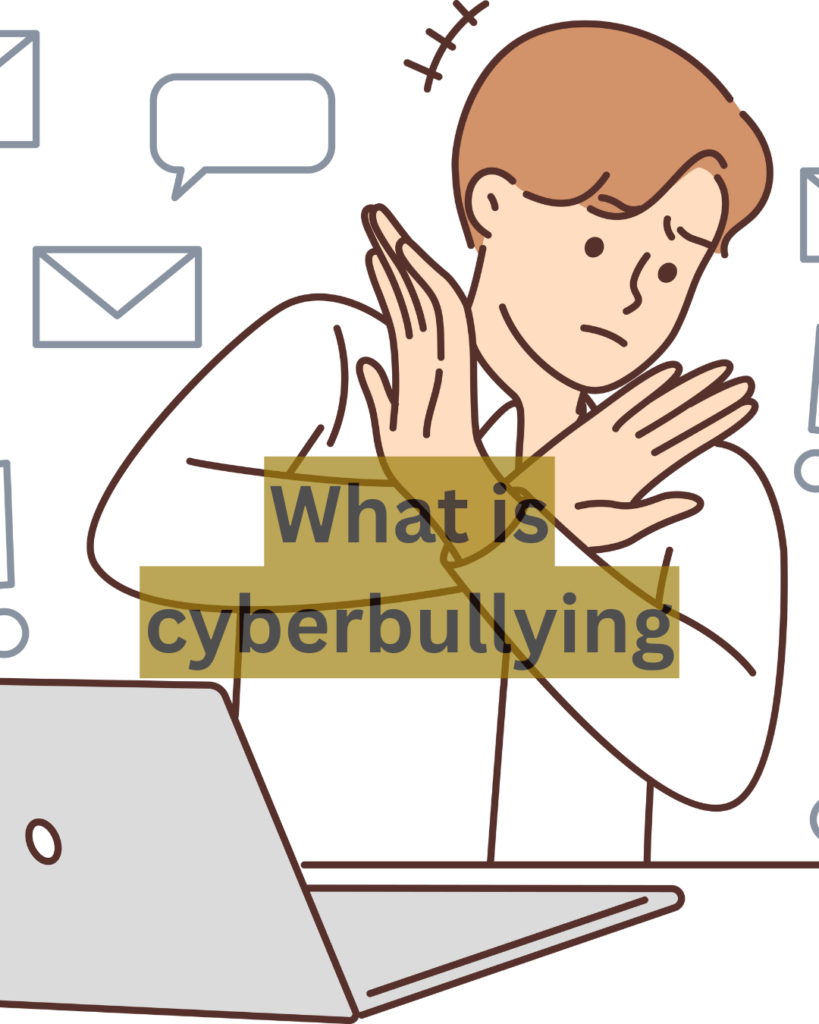
Cyberbullying refers to the use of digital platforms and technology to harass, intimidate, or harm individuals. Unlike traditional bullying, which occurs face-to-face, cyberbullying happens through electronic communication methods, such as social media, messaging apps, gaming platforms, and email. It can be constant, invasive, and often anonymous, making it more challenging to address and resolve.
Forms of Cyberbullying
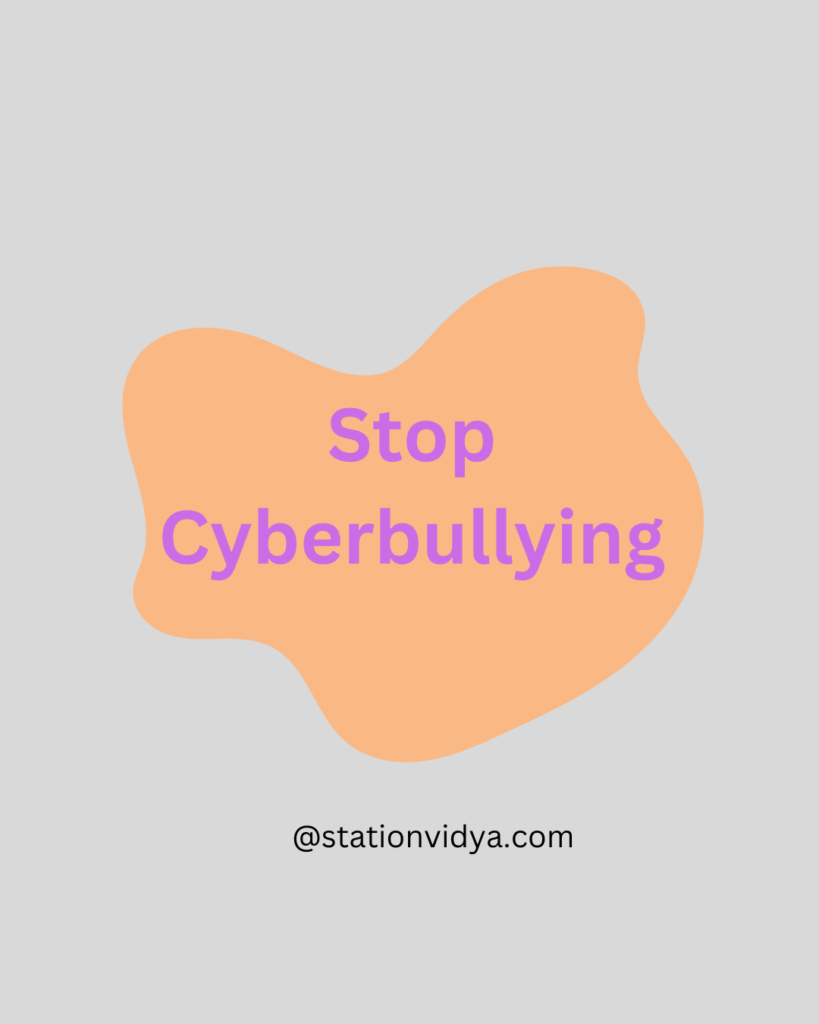
Cyberbullying manifests in various forms, each with unique characteristics and impacts. Here are the most common types:
1. Trolling
Trolling involves posting inflammatory or off-topic messages in online communities to provoke emotional reactions. While some trolls seek amusement, their actions can escalate to hurtful and targeted attacks.
2. Harassment
Harassment refers to repeated and deliberate online abuse aimed at an individual. This can include sending offensive messages, posting degrading comments, or creating fake profiles to demean someone.
3. Doxxing
Doxxing is the malicious act of publicly revealing someone’s personal information, such as their address, phone number, or workplace, without consent. This often leads to further harassment or even physical threats.
4. Cyberstalking
Cyberstalking is an extreme form of harassment involving persistent and unwanted attention, often causing the victim to feel unsafe. It may include tracking someone’s online activity or sending intimidating messages.
5. Impersonation
Also known as “catfishing,” impersonation involves creating fake profiles or accounts to pretend to be someone else, often with the intent to deceive or harm the victim.
6. Outing and Trickery
Outing involves sharing someone’s private or embarrassing information online, while trickery involves deceiving someone into revealing such information.
How Cyberbullying Differs from Traditional Bullying

While both forms of bullying share the intent to harm, cyberbullying differs in significant ways
- Reach and Persistence: Cyberbullying can occur 24/7 and reach a wider audience through social media platforms.
- Anonymity: Perpetrators often hide behind fake profiles, making it harder to identify and confront them.
- Public Nature: Unlike traditional bullying, which is usually limited to a specific setting (e.g., school), cyberbullying can go viral, amplifying the victim’s humiliation.
- Lack of Physical Presence: Cyberbullying does not require face-to-face interaction, enabling perpetrators to act without witnessing the victim’s emotional response.
Why Cyberbullying is a Growing Concern
The rise of digital technology and social media has made cyberbullying a significant societal issue. Here are some reasons why it’s a growing concern:
1. Increased Online Presence
With more people, including children and teens, spending substantial time online, the opportunities for cyberbullying have increased. Social media platforms, gaming forums, and messaging apps provide accessible venues for such behavior.
2. Psychological Impact
Studies show that cyberbullying has severe mental health implications, including anxiety, depression, low self-esteem, and, in extreme cases, suicidal thoughts. The pervasive nature of cyberbullying can make victims feel trapped and helpless.
3. Ease of Perpetration
The anonymity and perceived lack of accountability in online spaces make it easier for individuals to engage in cyberbullying without fear of immediate consequences.
4. Lack of Awareness and Regulation
Many people are unaware of what constitutes cyberbullying or how to respond to it. Furthermore, legal and regulatory frameworks often lag behind the evolving digital landscape, making it difficult to address cyberbullying effectively.
How to Combat Cyberbullying
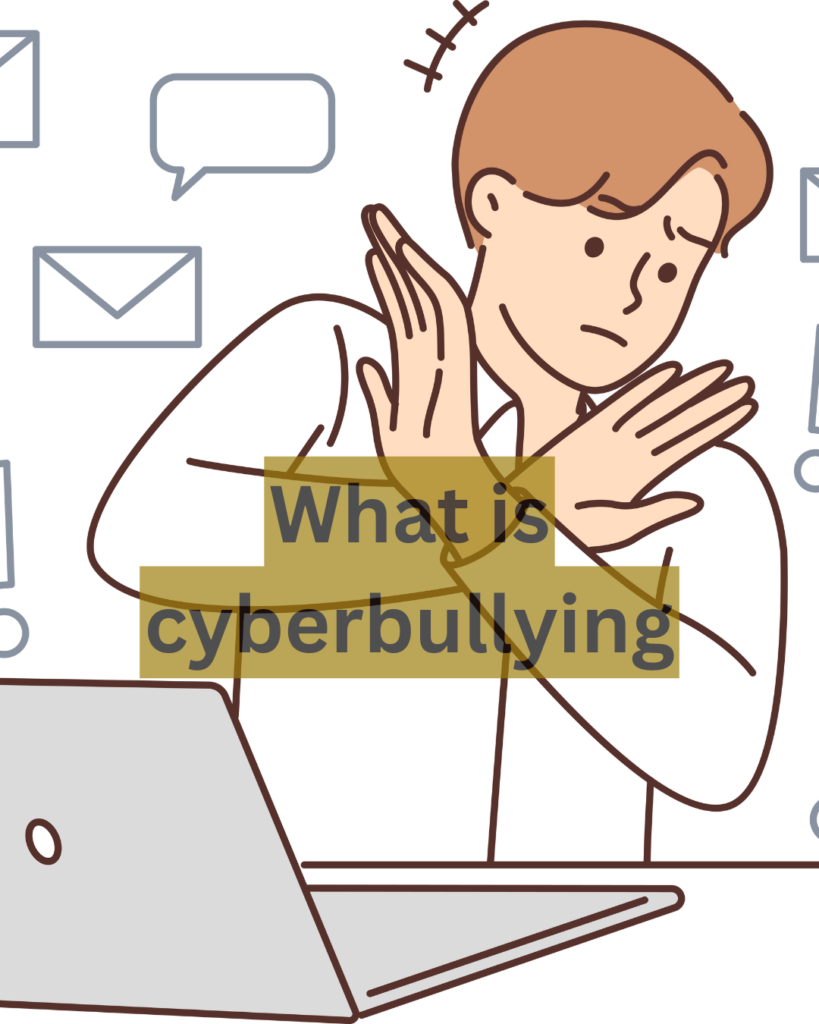
Addressing cyberbullying requires a collective effort from individuals, communities, and institutions. Here are some steps:
- Educate: Promote digital literacy and awareness about cyberbullying and its consequences.
- Report: Encourage victims to report incidents to platform moderators, authorities, or trusted adults.
- Support: Provide emotional and professional support to victims, ensuring they don’t feel isolated.
- Legislate: Advocate for robust legal measures to deter cyberbullying and hold perpetrators accountable.
What is cyberbullying?
Cyberbullying is the use of digital platforms to harass, intimidate, or harm individuals through methods such as trolling, harassment, and doxxing.
How does cyberbullying differ from traditional bullying?
Cyberbullying occurs online and can be anonymous, persistent, and public, whereas traditional bullying typically happens in person and in a specific setting.
What are the common forms of cyberbullying?
Common forms include trolling, harassment, doxxing, cyberstalking, impersonation, and outing/trickery.
Why is cyberbullying a growing concern?
Cyberbullying is increasing due to greater online presence, its psychological impacts, ease of perpetration, and lack of adequate regulation.
How can we combat cyberbullying?
Combating cyberbullying involves education, reporting incidents, supporting victims, and implementing stronger laws and regulations.
Conclusion
Cyberbullying is a modern-day menace that demands immediate attention and action. By understanding its forms, recognizing its differences from traditional bullying, and acknowledging its growing prevalence in the digital age, we can take meaningful steps to create a safer online environment for everyone.
You can also download essay on Cyberbullying
for more articles like this you can our website : https://www.stationvidya.com/
You can follow us on Instagram: https://www.instagram.com/stationvidya/
Facebook: https://www.facebook.com/stationvidya/
You tube: https://www.youtube.com/@stationvidya/
We hope you’d loved the content , please do like, share and comment.
Subscribe for notification.
You can also watch https://stationvidya.com/wp-admin/post.php?post=1494&action=edit
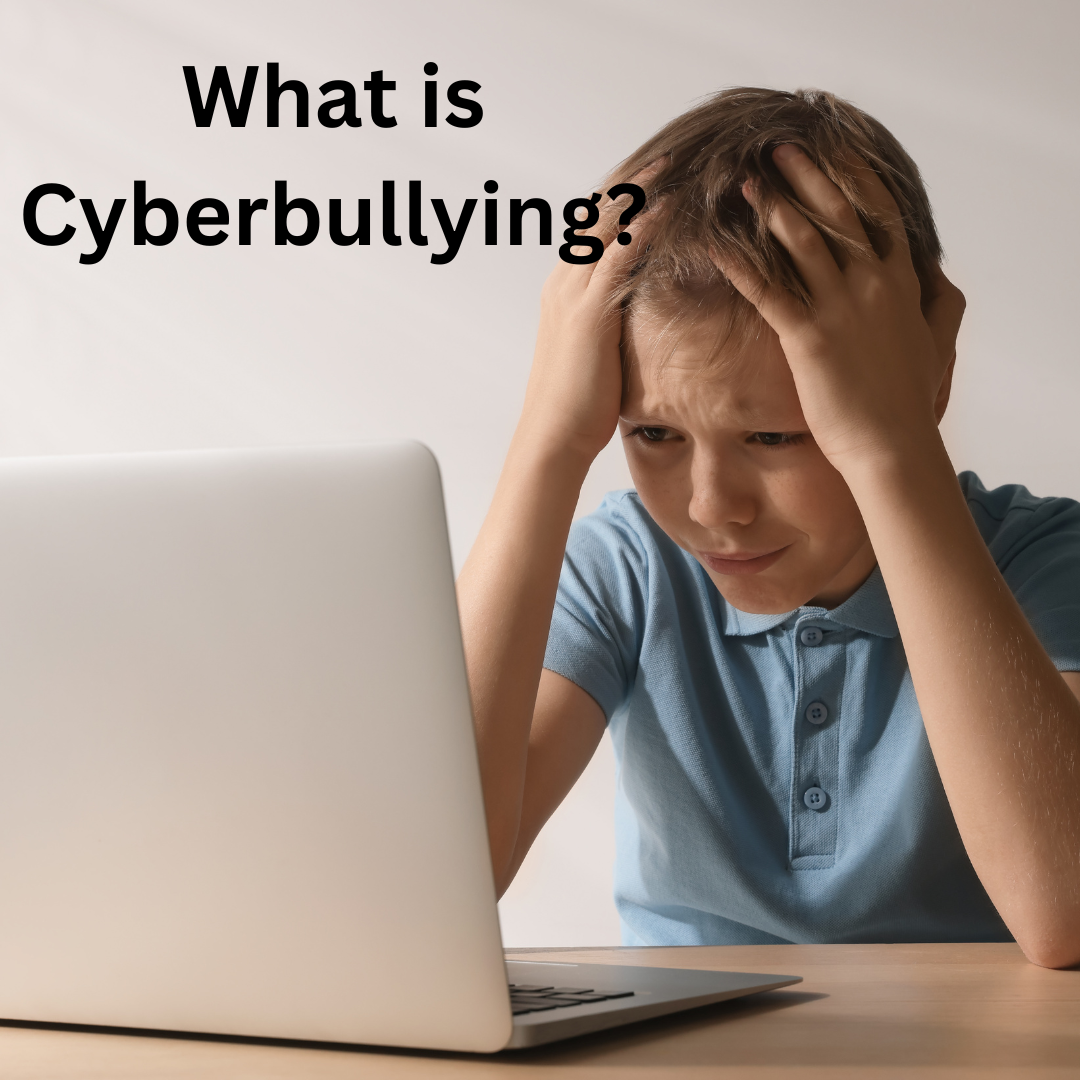
Leave a Reply